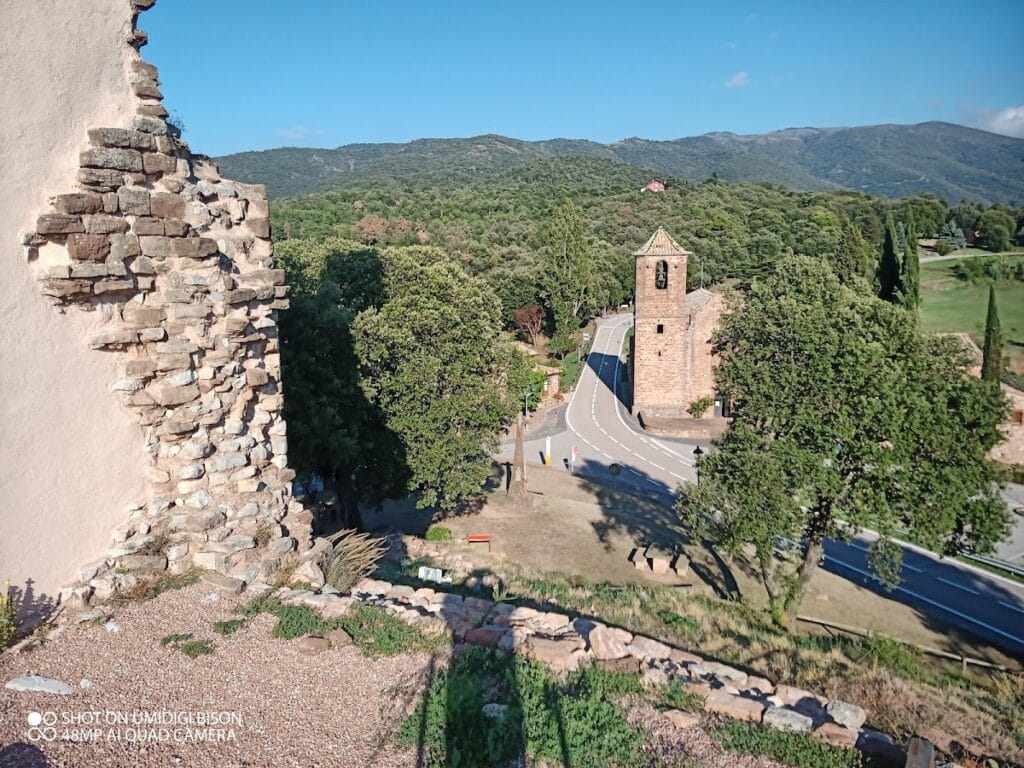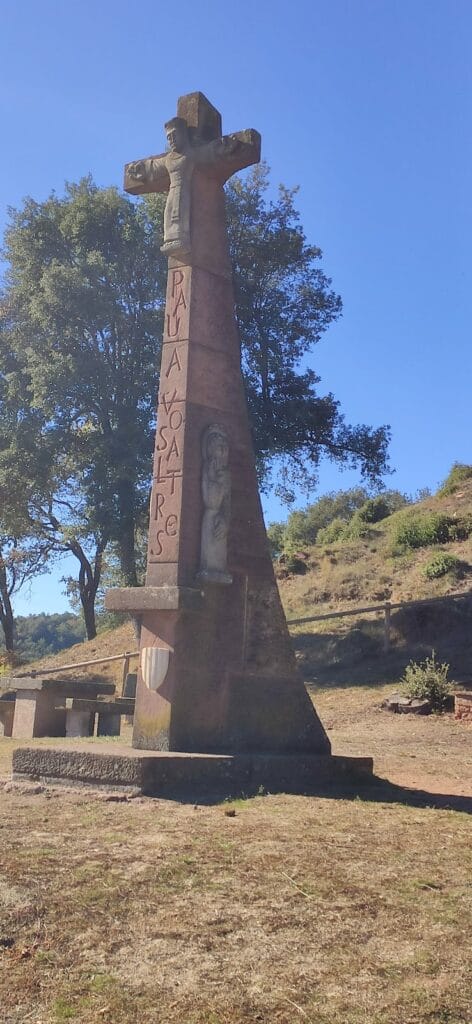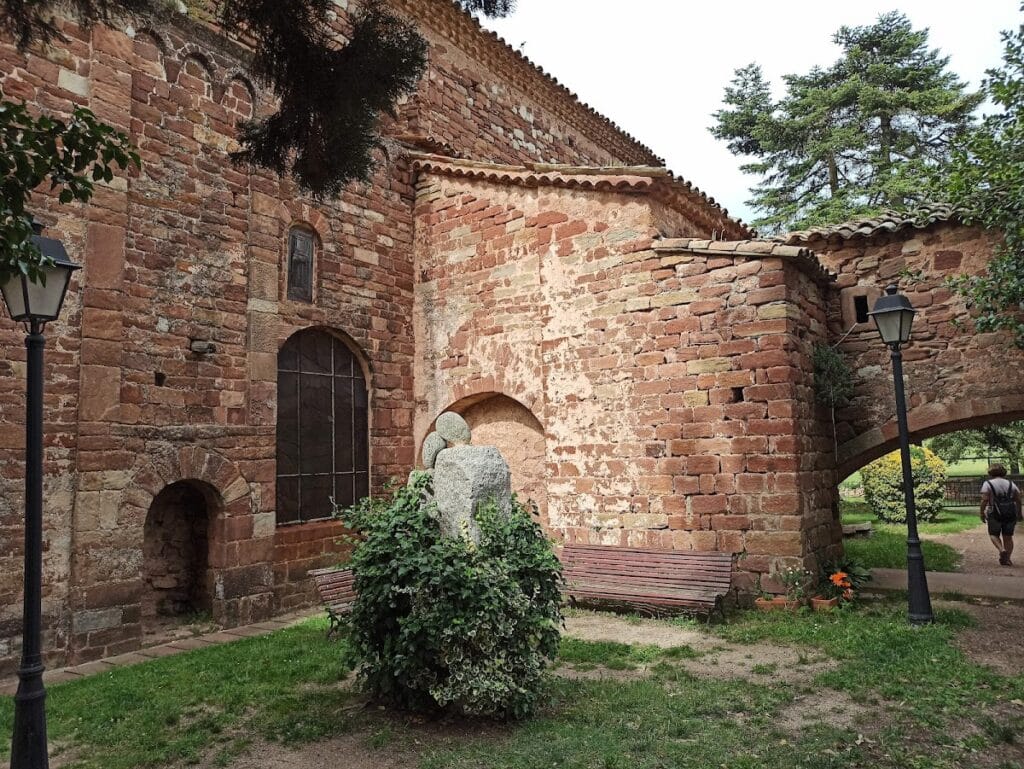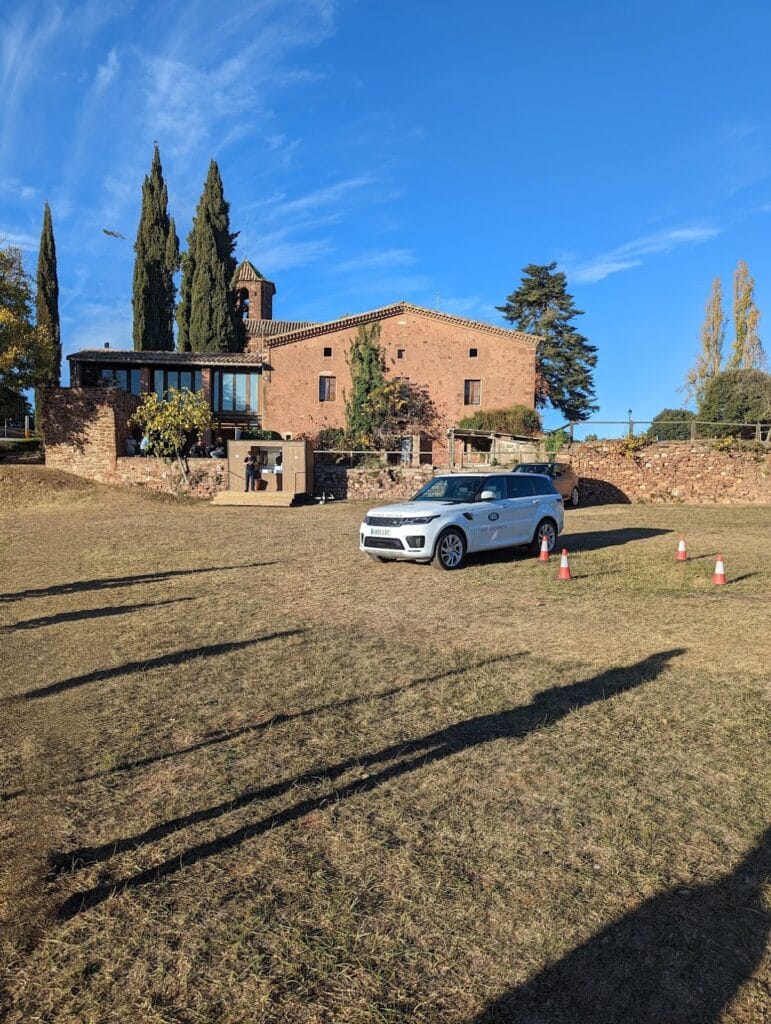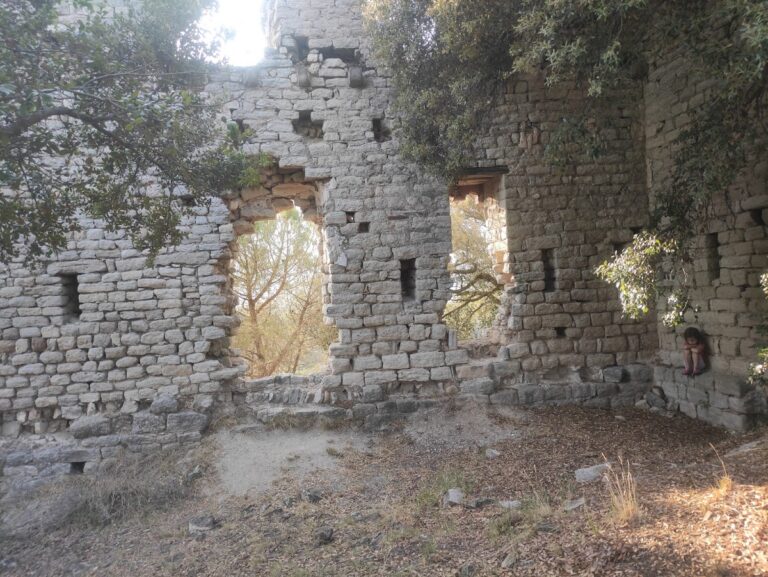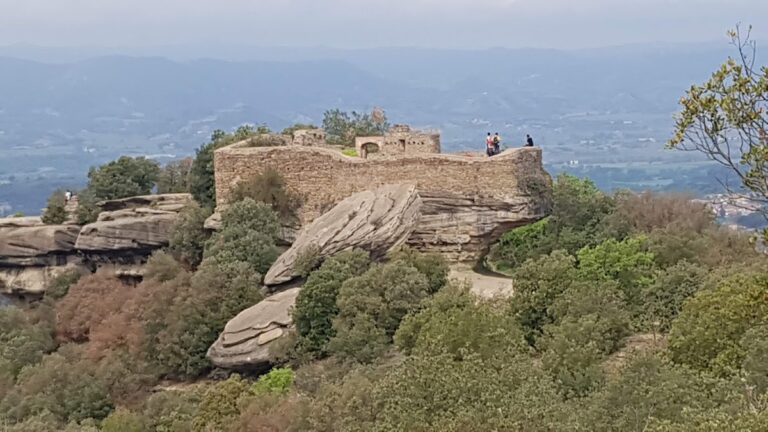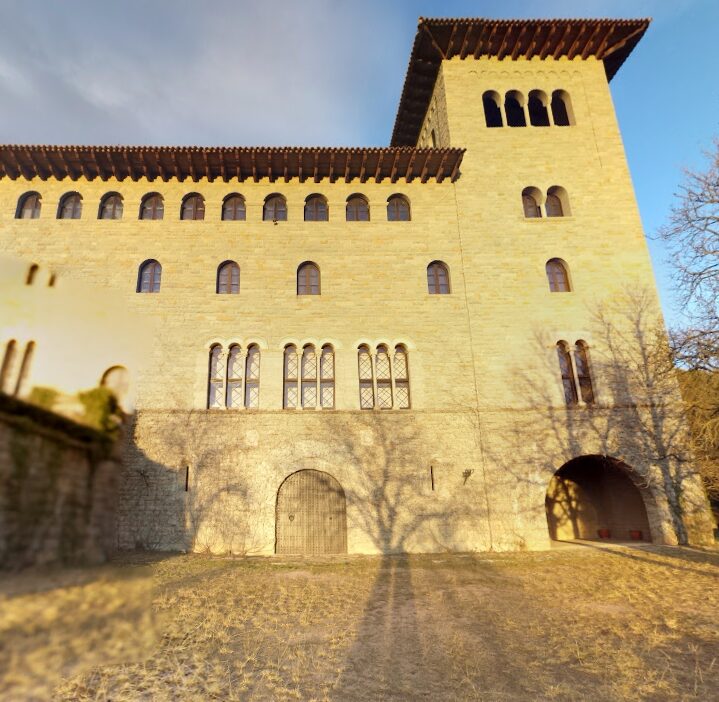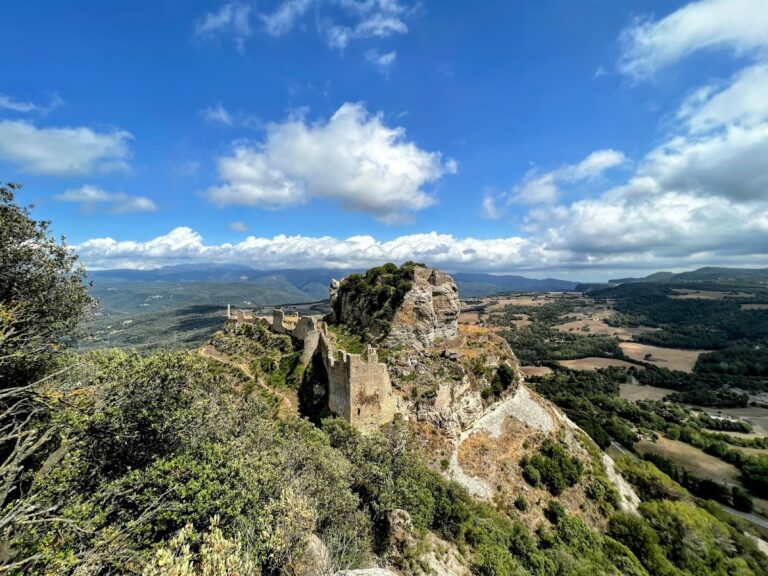Castell del Brull: A Medieval Fortress in El Brull, Spain
Visitor Information
Google Rating: 4.4
Popularity: Low
Google Maps: View on Google Maps
Official Website: www.elbrull.cat
Country: Spain
Civilization: Medieval European
Remains: Military
History
Castell del Brull is situated within the municipality of El Brull, Spain. This fortress was constructed during the medieval period by local noble powers tied to the feudal structures of Catalonia.
Originally, the territory where Castell del Brull stands belonged to the domain of Seva but later formed its own jurisdictional unit. Control of the castle fell under the Counts of Barcelona, who were prominent rulers in the region, and subsequently passed to the Viscounts of Osona-Cardona, reflecting the shifting political landscape typical of the Middle Ages in Catalonia.
In the latter half of the 12th century, land disputes and power struggles marked the site’s history. A notable conflict erupted between Viscount Guillem Ramon and Seneschal Guillem Ramon I de Montcada. Montcada had received control of the castle as security for a loan of two thousand maravedís, an old Spanish currency. While the debt remained unpaid, Montcada held the fortress, prompting the viscount to organize a raid in an attempt to reclaim it. This action led to intervention by the royal authorities, yet ultimately Montcada maintained possession of Castell del Brull without penalty from the crown.
The 13th century saw the castle’s surroundings become a theater for feudal agreements designed to maintain local stability. Lords from neighboring estates such as the domus of Esparraguera and the fortress of Puig de Terrades—both part of the Brull’s domain—made pacts to prevent attacks on the Viscounts of Cardona. In exchange, these viscounts offered protection, illustrating a system of mutual defense among regional powers.
A significant administrative change occurred in 1265 when Viscount Ramon de Cardona sold the barony of Brull, including the castle, to the Bishop of Vic. From this point until the eventual abolition of jurisdictional lordships, the castle formed part of the ecclesiastical barony, highlighting a transfer of secular authority to religious institutions during this period.
Remains
The remains of Castell del Brull reveal a fortress originally designed with a pentagonal layout oriented toward the south. This shape was unusual among contemporaneous castles and was strengthened at each corner by circular towers, a common defensive feature in medieval military architecture. An additional tower was constructed at the center of the northern wall, likely serving as a lookout or defensive strong point.
Today, the most visible remains are located at the northeast corner, where a tower approximately one meter thick stands out. This tower underwent modifications during the castle’s history; it was subsequently covered by another tower built on top, reflecting a phase of reinforcement and possible adaptation to changing military needs.
Two distinct construction phases are evident from the surviving masonry. The older sections consist of well-cut blocks of limestone, arranged neatly as ashlar masonry, which points to careful craftsmanship during initial construction in the 12th century. Later, a phase of covering employed larger blocks of reddish sandstone, typical of work done in the 13th century, indicating major repairs or upgrades to the original structures.
Fragments of the northern defensive wall endure, including a heavily damaged window opening, suggesting the castle had architectural elements for light and observation within its fortified walls. Despite the ruinous condition of the site, these remnants provide valuable insight into medieval fortification techniques and the castle’s strategic importance.
Adjacent to the castle is the church of Santa Maria del Brull, documented as early as 1018. Rebuilt between 1048 and 1060 under the auspices of Bishop Guillem de Balsareny of Vic, the church has served as the religious center for the local community. Originally, the church had altars dedicated to saints including Martin, Michael, and John. It also featured apsidioles—small side chapels—that have since been lost. By the 14th century, an altar devoted to Saint Mary was added, reflecting evolving devotional practices.
During the 16th to 18th centuries, the church underwent several interior renovations. These included the opening of a portal on its western side and the construction of a bell tower, demonstrating ongoing investment in the site’s ecclesiastical role well beyond the medieval period. Together, the castle ruins and the adjoining church illustrate the layered history of defensive and religious presence at El Brull.

